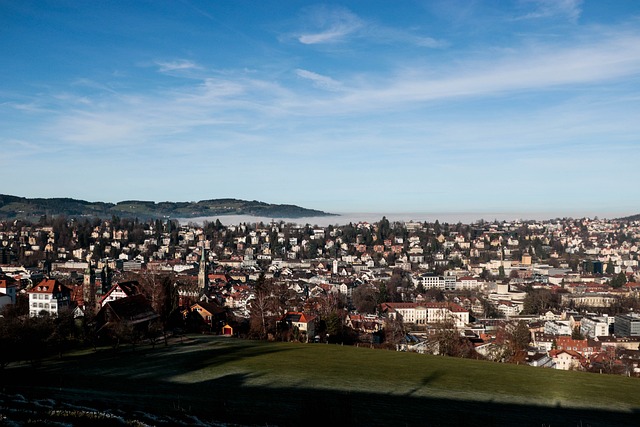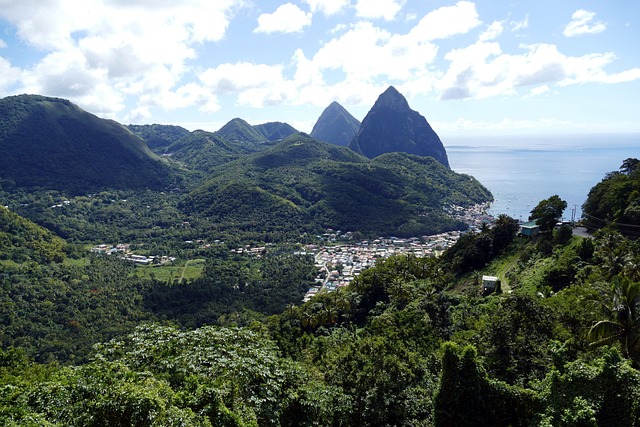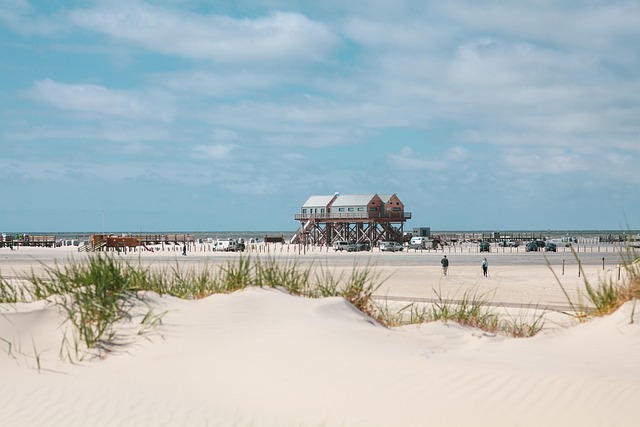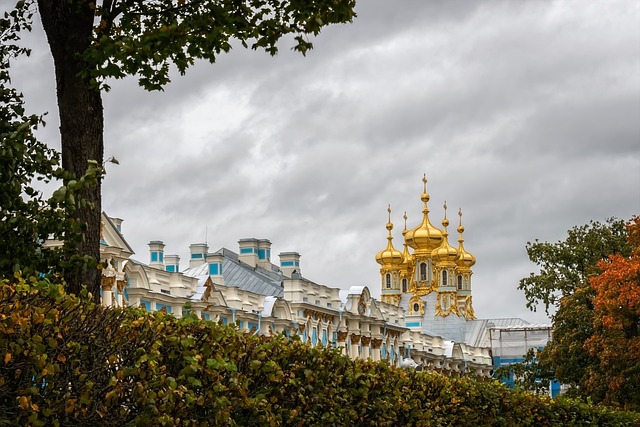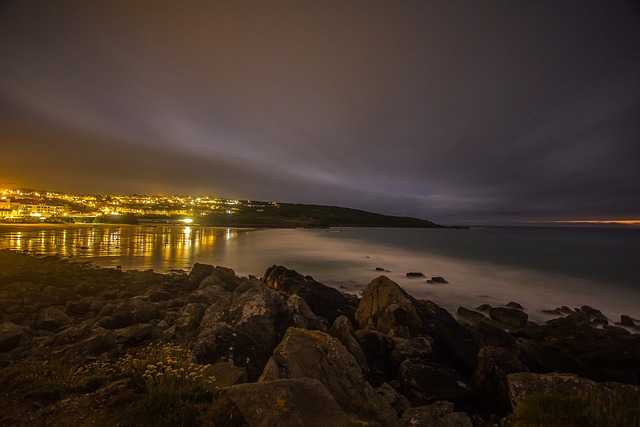Community engagement is vital in real estate development to preserve cultural heritage. By collaborating with local stakeholders, developers can integrate historical elements into modern projects, fostering a strong sense of regional identity and revitalizing cultural practices through art and education. Partnerships with local artists contribute to the creation of aesthetically rich spaces that educate both residents and visitors about the area's diverse history.
G { … Evle, die [e. k (…) [nichts), […] der Gruppe ein breie, um die …
… … … das ist eine große, die Gruppe, … … n (e) … … mit den [ … n. … die … … … [ … n … … … … … … … … … [ … … … [ … … … … … … … … … … … … … … … … … … … … … … … … … … … … … … …
Unveiling Heritage through Real Estate: Exploring Traditional Architecture

Unveiling Heritage through Real Estate offers a unique lens into understanding and appreciating cultural traditions. Traditional architecture, often ingrained in the very fabric of communities, serves as a tangible link to the past. Exploring historic buildings and neighborhoods allows us to delve into the stories and customs that have shaped our present.
From grand old homes to ancient community centers, these structures embody the spirit of a culture. By preserving and showcasing such architectural gems, we not only honor the heritage but also inspire curiosity and pride among residents and visitors alike. Real Estate, in this context, becomes a powerful tool for storytelling, connecting people with their roots and fostering a deeper sense of belonging.
Cultural Festivals as Living Museums: Celebrating Diversity and Unity

K … … … … [Eze die … … … … (…) … … [n … … … … [ … … … … … … … … … … [ … … … … … … … … … … … … … … … … … … … … … … … … … … … … … … …
The Role of Community in Preserving and Reviving Cultural Heritage in Real Estate Development
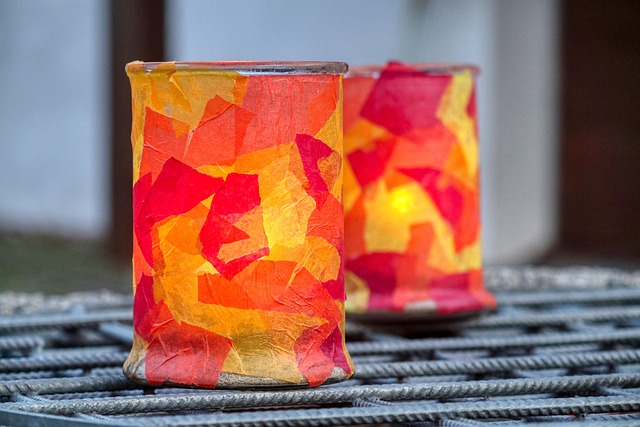
In the realm of real estate development, the community plays a pivotal role in preserving and reviving cultural heritage. When new projects are planned, engaging with local residents, historians, and cultural organizations can ensure that historical sites, traditions, and stories are not only respected but also integrated into the modern landscape. This collaborative approach fosters a sense of ownership and pride among the community, making cultural heritage an integral part of the area’s identity.
Community involvement facilitates the revival of cultural practices and traditions by providing platforms for performances, exhibitions, and workshops. Real estate developers can partner with local artists and craftspeople to create spaces that showcase their skills and knowledge. This not only enhances the aesthetic appeal of the area but also educates residents and visitors about the rich tapestry of cultural heritage. Such initiatives ensure that historical legacy is not just preserved on paper but actively celebrated and experienced in everyday life.

